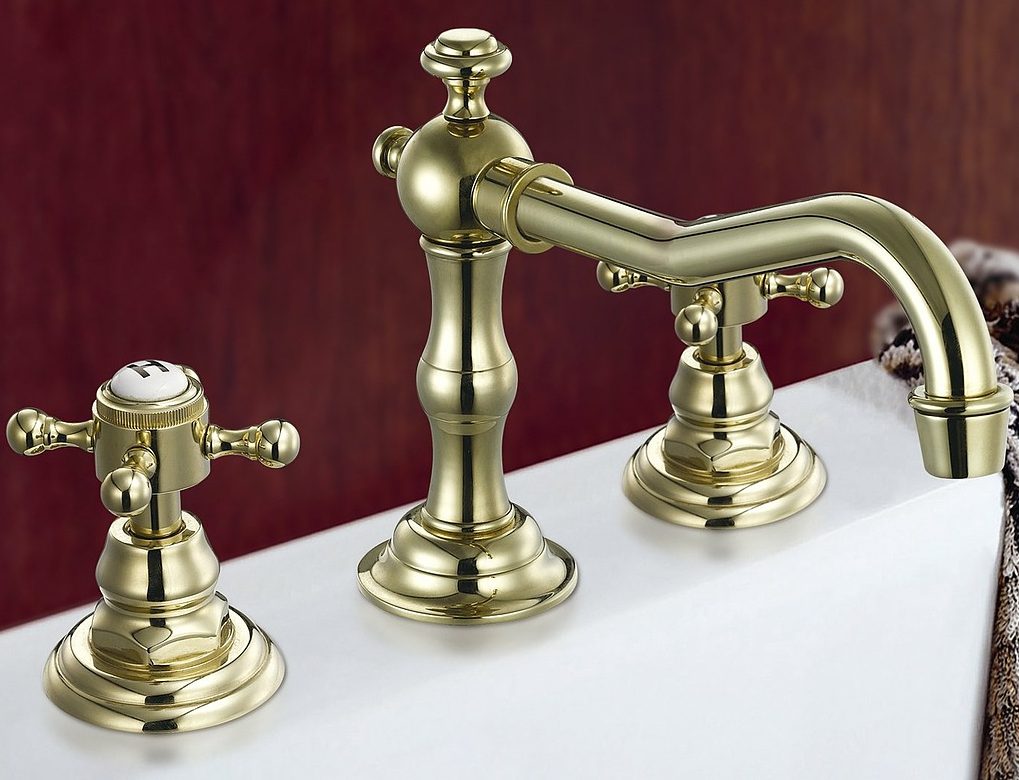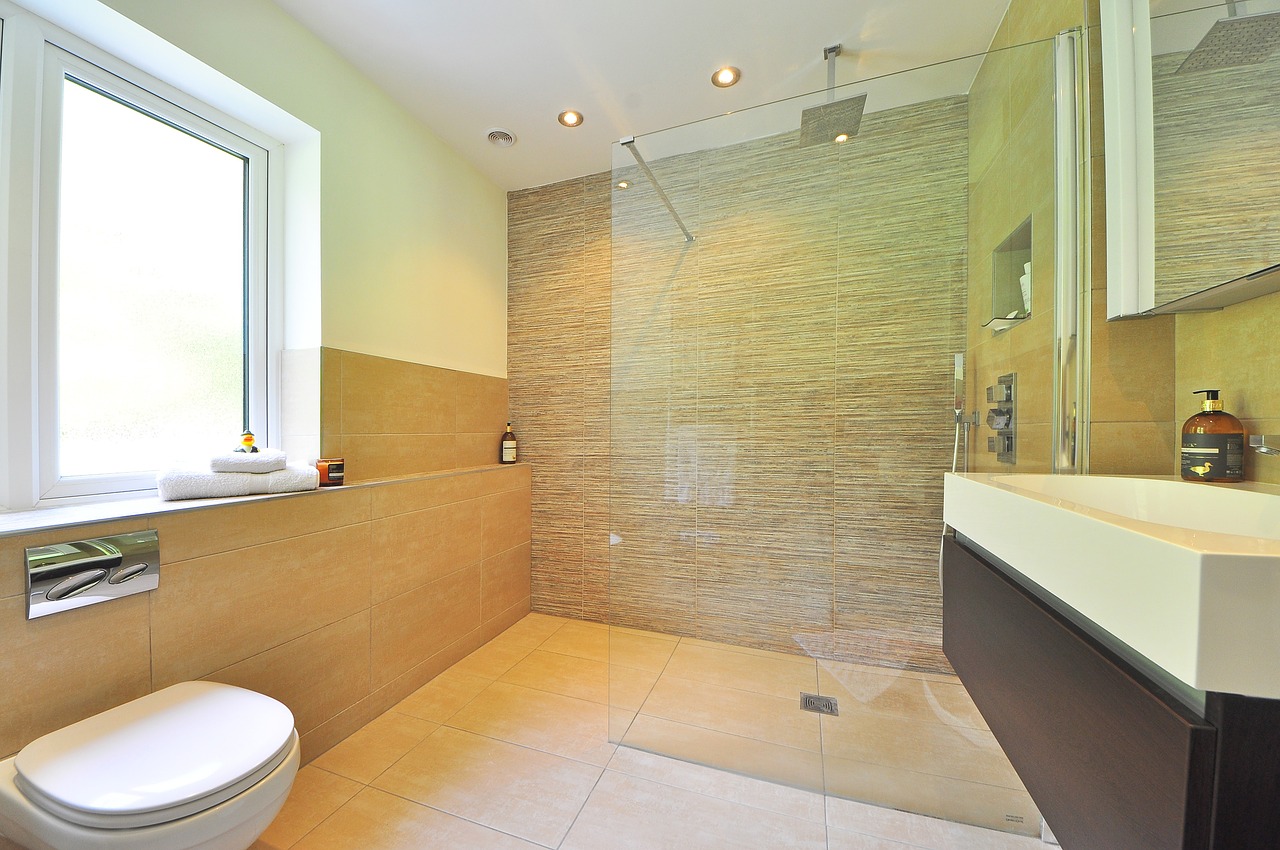It is always useful to lay the few plastic tile finishes on floor or counter in advance to see how they will look. Do not be afraid to put out a big patch. It’s better to decide before using the glue so that you do not like the appearance than after it is cemented.
Dirt will always do you in. Be sure to vacuum the surface thoroughly before you begin. Carefully remove any greasy spots.
1. Prepare the base. Like the foundation of the house, the base of the tile must be solid for it to stand up over time. Generally speaking, whatever base you choose should be solid, dry, and smooth. A mortar base is considered best for counters since it can be precisely levelled. However, plywood and “wonder board,” a cement/fibreglass composite, will do as well. You can even use dry-wall, with certain precautions.
Before putting a plywood base on a countertop, be sure that all the cabinets are securely attached to the wall and each other. If the cabinets shift, they can cause the plywood to move up or down or even separate at the seams, resulting in cracks in grout or even in the tiles.
2. Lay out the work lines. When doing countertops, start with the sink and draw a line widthwise across the counter in front of it.
If there is no sink, draw the line at the edge of the plastic tile trim. This will be your horizontal work line. (Draw the line boldly right on the surface.) Then draw another perpendicular line to help you keep the tiles straight as you move forward.
When doing walls, start at the centre of the most prominent feature, such as a tub or sink. Then draw vertical and horizontal guidelines on the wall. When doing floors, start near the centre of the room. Draw a straight edge wall to wall. This is your lead line. Draw another line perpendicular to it. This is your second line. Follow the lines with the tile.
Avoid the temptation of starting at an edge of the floor, counter, or wall. You may save some cutting of tiles, but you probably will not end up with straight lines or a balanced look-both of which are far more important on tile surfaces.
3. Apply the adhesive. Use only as much thin-set (cement adhesive) as you can cover with tile in a short period. Too much adhesive can dry out before you get to it, requiring a nuisance clean-up. Use a notched trowel with the notch sizes recommended by the manufacturer of the adhesive. Test the adhesive to be sure it’s ready for the tile. Lay a trial piece of tile down and then pull it up. It should come up with adhesive uniformly across its back.
4. Lay down the tiles. Be sure to leave room for the grout between them. Plastic spacers are a good aid here, but be sure to remove them after the adhesive dries and before you lay the grout. When laying tile down on a countertop, start with the plastic tile trim and try to avoid dragging the tile across the adhesive; do the backsplash last. When doing floors, start at the centre.
5. Shape the tiles using a cutter and snips. Remember that the centre is the easy part. Most of your time will be taken up at the edges, where you have to cut tiles to fit.
If you’re going to use a tile snapper (a device that scribes a line on the tile, then breaks it into two pieces), practice on some flat tile first. The snapper takes some getting used to. Be sure to use a pair of tile nippers for a round or difficult cut. Have the bullnose plastic tile trim cut on a diamond wet saw (available for rental at many building supply stores). You can’t afford to make mistakes on plastic tile trim with a snapper.
Plan on going slowly. Even professional tile workers can take days to install tile. Just remember that this is a sequential process-you put in one tile after another. As long as you’re careful that each piece fits where it’s supposed to, you should come out okay. Trying to hurry makes for a terrible job.



